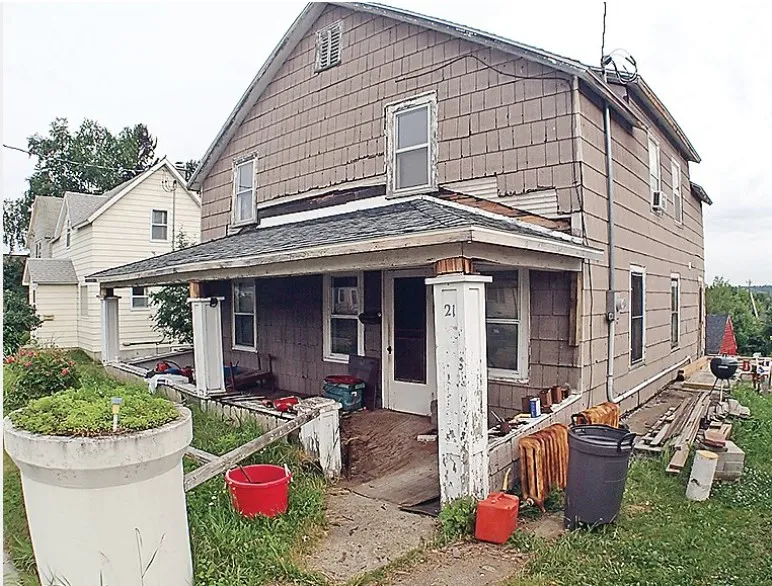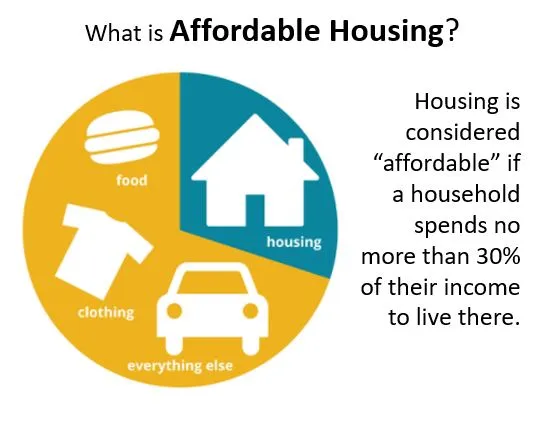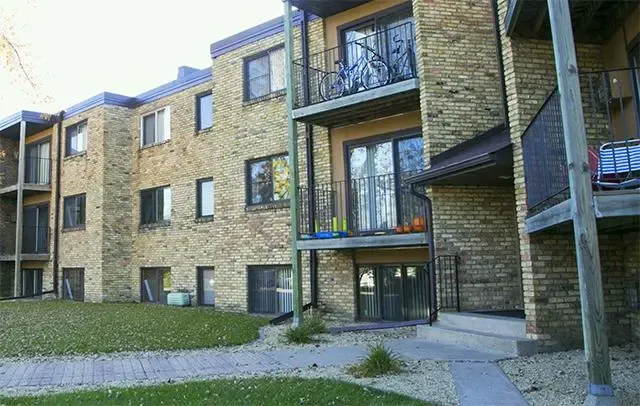Cheap Housing. Affordable Housing. What Does it Mean and Why We Need to Pay Attention.
What happens when cheap housing takes the place of affordable housing? What happens when cheap housing is not affordable anymore?
These are questions I research, observe, and aim to change in many of the communities I work in. Prior to the peak of our current U.S. affordable housing crisis – note, I would argue we have not peaked yet. Others believe differently, but I don’t aim to dispute that in this post, rather to get us to understand what happens when cheap housing is present in high quantity in a community; keeping in mind, cheap, like affordable, is a term that means different things for different people and there are populations who find housing neither cheap or affordable. These are the folks I aim to assist in my work and communities with “cheap” housing are also often the communities I aim to serve.
Cheap housing. Naturally occurring affordable housing. Affordable housing. What is the difference?
Merriam-Webster defines cheap as of inferior quality or worth, therefore cheap housing is of poor quality, and inferior. In communities, we often also hear of cheap housing as “blighted” housing.
The Center for Community Progress cites the following “Blight is a shorthand term many people use to refer to properties they perceive as problematic in some way: appearing unsafe, visually unpleasant, or a threat to neighborhood property values. They might also describe those blighted properties as “eyesores,” “dilapidated,” “ruined,” or “derelict.” It’s a pervasive word in community revitalization, urban planning, and housing policy.”
Unfortunately, many have suggested that this cheap or blighted housing is at least a roof over one’s head and the families therein should be lucky to be housed; however, what is often not recognized is the harm these homes do to the families within them, the community around them, and the neighborhood in which the sit.
The Center for Community Progress further elaborates the use of the word “blight” and its challenges. Most supportive of the harm I mention above, is, “The second problem with using blight to describe vacant, abandoned, and deteriorated properties is that it is inaccurate: it implies all “blighted properties” are vacant or abandoned. In fact, many properties that could be considered blighted are still occupied. Rental properties with absentee landlords still create dangerous living conditions for tenants and their neighbors. These deteriorated properties harm a community just as much as vacant, abandoned buildings.”

Photo Credit: The TimberJay Example of distressed but occupied home from Minnesota.
Over the coming months, I will elaborate more on the problems and harms of these blighted homes, that while some believe are cheap, are far from the other definition from Merriam-Webster. “Purchasable below the going price or the real value.” In these coming articles, research will show the “real value” is harmful and dangerous for families and communities to thrive. But one last comment on the use of the work blighted. Blighted suggests that homeowners are to blame for the condition of these homes. We need to recognize that often the communities where “bight” is extensive have high rental property percentages and often centered in once relined neighborhoods. I would like to see us stop blaming the owner or tenant and place responsibility in landlords to maintain their properties.
Before we jump to what is “naturally affordable” we need to understand what affordable is. Affordable is often a confusing term and I have been in many community meetings where community leaders ask, “what is affordable,” and state, “we need a common definition.” I am glad to say a common definition exists and is universally accepted across the globe. Housing that is affordable to ALL people, from low-income residents to high wage earners, means housing costs, including utilities and rent/mortgage, are no more than 30% of their household income. Under this definition affordable housing is about the cost and includes all forms of rental and ownership products from historic to new construction. To understand more about affordable housing, including the definitions, policies, etc. Local Housing Solutions has a self-guided training series designed to provide local officials and advocates with a basic introduction to affordable housing and housing policies. Check out their video series HERE.

Source: HousingData.org
This brings us to “naturally occurring” affordable housing. Naturally occurring affordable housing or NOAH, is the term for existing multifamily rental properties that are affordable without public subsidy to low-income households. McKinsey & Co, a leading global management consulting firm, says of this asset class, “NOAH is not well defined, tracked, or understood. NOAH renters are predominately low-income people of color…” In some cases, where a community’s housing stock is well maintained, NOAH can be a great option for those in need of stable housing that is affordable; however, in some communities, NOAH is that “cheap” or “blighted” housing mentioned above and poses a threat to both the families in these units and the community around them.

Photo Credit: MinnPost Fountain Terrace is a 71-unit building in New Brighton that served as a pilot for the NOAH (Naturally Occurring Affordable Housing) housing fund
As is evidenced in the following building permit history for Rockford, IL, we built significant multi-family and single-family rental product inventory in the 1960s and 1970s. We also have significant homeownership products in this age class, as well as older units. As is also evident, we have not really built anything over the last few decades, and definitely not in the last few years when again, the need for housing is at its highest. This lack of production is a death knell.
The challenge in a market where more than seventy percent of its housing was built prior to 1978, is that much of it falls into the NOAH and/or the blighted categories, and in a community like Rockford those units are also not affordable to our most in need residents – our workforce. Additionally, as we now see across the nation, including Rockford and many other Midwest communities, our affordable housing crisis is at an all-time high as few quality affordable options exist. Blight has taken a stronghold in many neighborhoods harming the potential of the entire city.
It is these units that need to be replaced with better quality units AND must be done alongside the creation of new units – assuming a community wants to grow and thrive. Staying the course, allowing deterioration to continue is no longer an option; again, should a community want to grow.
How to spur production? This brings back to light my earlier writings on the need for land use regulation updates to help spur production. If interested, check out some of these past posts on land use reform topics.
Parking Minimums and Its Impact in Local Development
Reforming Land Use Regulations and Housing Production
Incentivizing Housing Production
I understand its not easy to be in the public eye, or to have all of the answers; however, successful communities will gather and review their housing and neighborhood data, determine what is working in other communities, engage in dialogue about meaningful change, and adjust archaic policies and practices so that their community may thrive. I am thankful that I get to work in communities who do exactly this. It is disappointing when other communities stick to old zoning ordinances policies and avoid their data and worse, it is deplorable when some communities stick to past redlining trends and rhetoric that discusses who is worthy of quality homes and neighborhoods, and who is not.
As we head into 2024, it will be interesting to see what path communities choose – who is gearing up to grow, or those that will accept the rhetoric and allow classism and racism to persist. Those latter are on a dying vine and if you feel you live in one of those latter communities, check out the Local Housing Solutions video series and work to help decision makers change their minds. Remember you too have a choice, a voice, and a vote.
